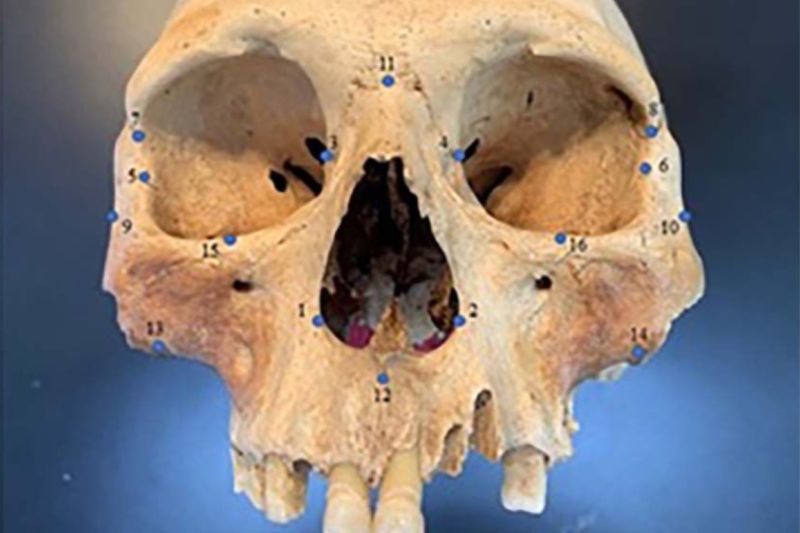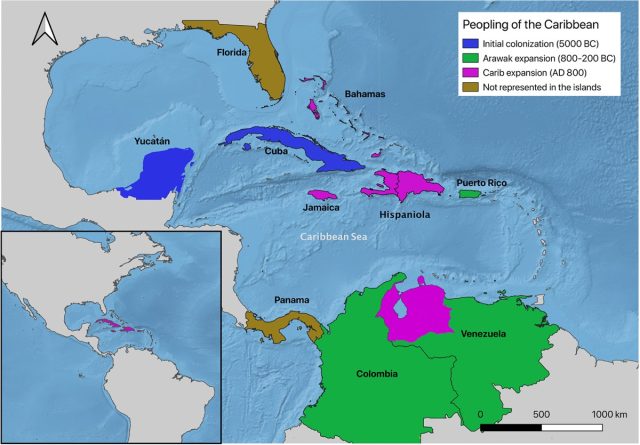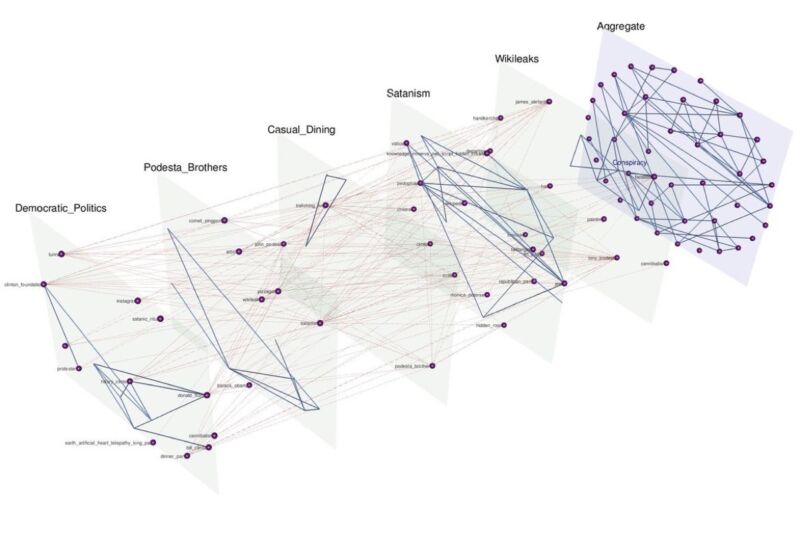By Abeer Salman, CNN

Video of the incident, which occurred on Friday near Hebron in the south of the West Bank, appears to show Haroun Abu Aram, 24, along with three other men, attempting to hold on to the generator while Israeli soldiers seek to take it away.
The tussle continues until, off-camera, a single gunshot is heard, followed by screaming, before the camera moves to reveal Abu Aram lying motionless on the ground.
The video has been widely circulated by Israeli human rights organizations and in Israeli and Palestinian media.
In a statement, the Israel Defense Forces (IDF) said soldiers were involved in a routine operation "to confiscate and evacuate an illegal building in the village of At-Tuwani." Israeli forces regularly evacuate and demolish Palestinian homes in the Palestinian Territories that are built without a permit from Israeli authorities.
The statement said the army was aware of reports a Palestinian had been injured by live fire during the operation and was carrying out an investigation.
The army statement also said the operation had been carried out in the face of rock-throwing by about 150 Palestinians, though this cannot be seen in the two-and-half-minute video of the incident circulating on social media.
Mohammed Ribe, the head of the local village committee, told CNN that Abu Aram's own family house had been demolished a month ago and that he had been trying to protect his neighbors' property when the IDF moved to empty their house during Friday's operation.
"Haroun was trying to help his neighbors to get their generator back when he was shot in the back of his neck," Ribe said.
A statement from the hospital in Hebron where Abu Aram is being treated said he had been shot in the neck, damaging his nerves and spine and leaving him paralyzed in all four limbs.
The hospital added that breathing was only possible with a ventilator.
"This barbaric aggression is part of the ongoing Israeli occupation targeting of people ... with the aim of increasing the pressure and restrictions on them to forcibly expel them, and empty the area of them, in order to seize it in its entirety in favor of [Israeli] settlements," the Palestinian Ministry of Foreign Affairs and Expatriates said in a statement following Friday's shooting.
According to Israeli human rights organization B'Tselem, Abu Aram's own home in the same village was demolished by Israeli authorities on November 25.
Video B'Tselem says is from that operation, circulated by the rights group, shows bulldozers pushing over a series of simple concrete and metal buildings, as well as pulling up a pipeline used to supply water to local communities, according to the rights group.
Palestinians say these home demolitions are part of an attempt to drive them off the land.
According to the United Nations Office for the Coordination of Humanitarian Affairs, Israel demolished 664 Palestinian buildings in Area C of the West Bank during 2020 and displaced 572 people.
Israel says the buildings are erected illegally, but Palestinians, the UN and rights groups say it is almost impossible for Palestinians to gain planning permission from Israeli authorities to build in Area C, which is under full Israeli control.

















